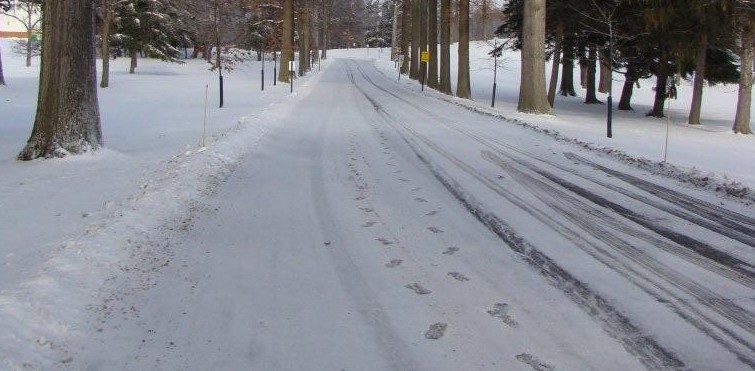Did you know that we use the same ‘high frequency’ words for the majority of our communications? These high-frequency words are also called “core vocabulary”. These are words that come up time and time again in day-to-day communications.
If you’re looking for ways to teach core vocabulary, try using stories! In this example, we’re sharing a story to aid in teaching the core vocabulary word, “more”.
In many parts of the world, winter has arrived, and with it comes the possibility of snow! Read through the story, “More Snow”, with your students. This story provides a variety of examples, both good and bad, of what it means when there is more snow.
When you’re finished, ask them if they would like to read ‘more’. Model for them how to say “want more” or “no more”.
Reinforce the meaning of “more” through classroom activities that relate to the story. For this example, you could try these related activities:
- Bring in a snow globe and show your student how the snow swirls when it’s shaken. Prompt them to ask for “more” to see the snow swirl again.
- Place paper snowflakes around your classroom with the words “more snow” written on them. Ask your student to find all of the snowflakes.
- Ask a student to pass out art materials for a snowflake activity to the other students. Encourage your students to ask for “more” as they work on the activity.
Teaching core vocabulary may seem like an overwhelming process, but it doesn’t have to be! Try using vocabulary stories in your classroom and check out the “More Snow” story and activity guide to get started!
The special education resources on this page were authored by Watson Institute’s special education consultants and faculty.
Lesson:
Story:
If you have questions or concerns about the Watson Institute’s use of this information, please contact us.
